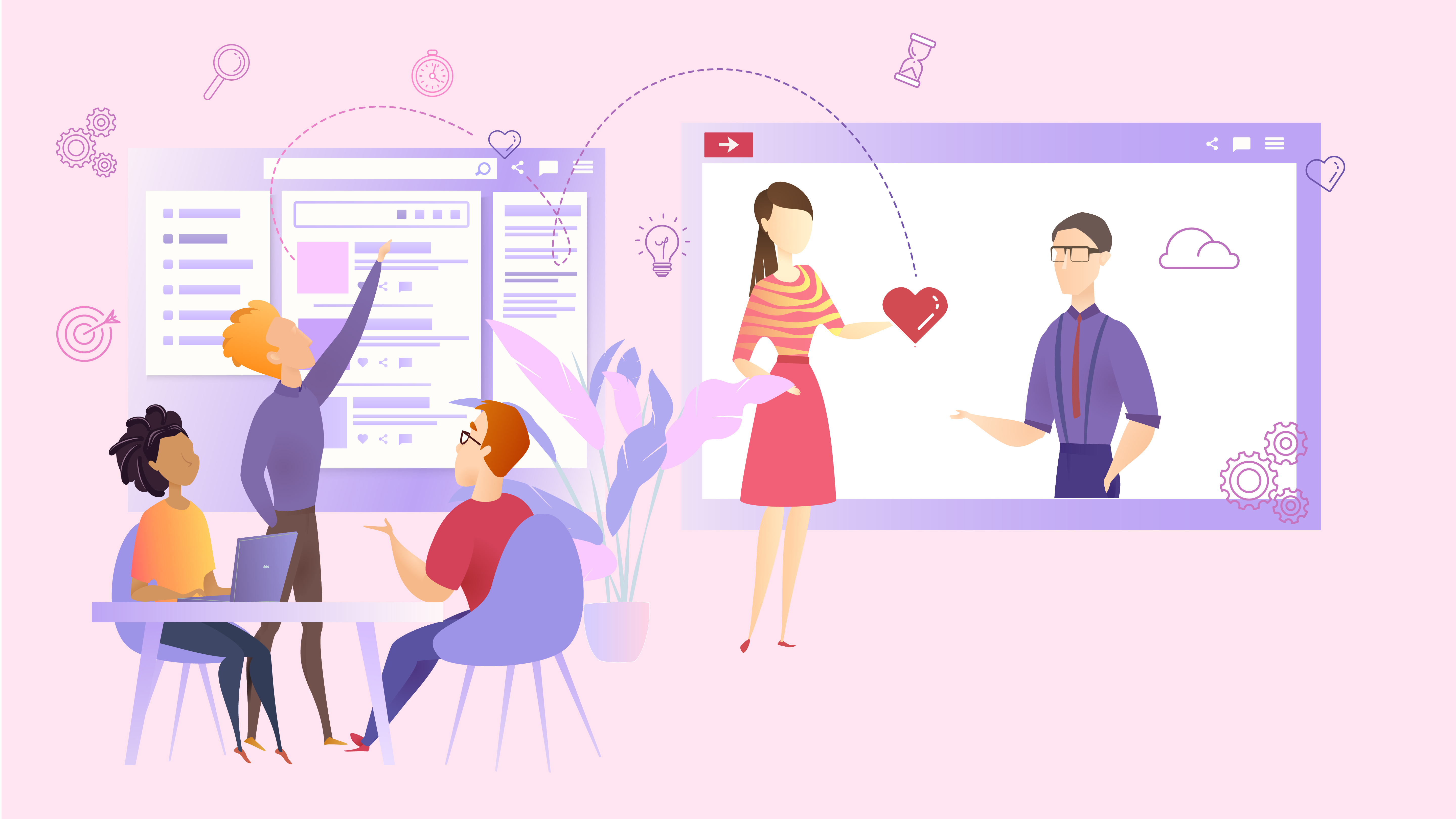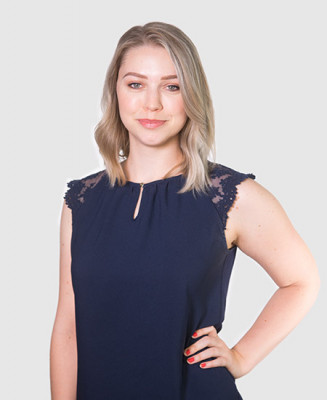You’ve probably heard the term UX design thrown around if you have had anything to do with the digital landscape. UX design is basically the key to creating an outstanding landing page design that actually converts and keeps your users coming back for more.
There is nothing worse than opening a beautiful visually designed, landing page, app or website looking for something in particular and not being able to find it. In this case, as the user you are more likely to click away and go find a website or app that will give you what you need easily and quickly. This is what can happen if you haven’t optimised for your user experience in a thoughtful way that makes users happy and then convert on your landing page.
If you’re committed to creating a well-thought-out UX design, then prepare for a complex and intensive process. During this process, the UX designer will often;
Meet with the client
Ask a lot of questions about the business
Find out who their clients are and what they respond best to
How the client works and,
How the client wants to communicate with their users
The UX designer and their team then go back and get a start on the UX design process and come back with a beautiful, user-friendly solution for the client to review.
Great UX design is more than using all the right logos and choosing a colour palette to make everything look visually appealing. Designers think about how their UX design is going to be used, who it will be used by, and what the user expects to get out of the experience. They also consider what their clients’ goals are and create systems which guide users toward this goal. This is also known as conversion rate optimisation (CRO). The users’ needs are just as important as the client’s needs, they interlink and overlap - after all the client doesn’t exist without the user.
Design for user experience is a long process, but it’s the thought behind the design process that makes the landing page or app flow for the user, making it easier for them to convert which will in turn, reach the goals of the client. Great design will foster the relationship between customer, website/app, and client, making the whole process seamless for both sides.
The 4 Step UX Design Process: Making Your Users Fall in Love with Your Landing Page
UX Design Step 1 - Discovery
The first date & get-to-know-you process
Think of this first UX design step as the first date in your, hopefully, long-term relationship. The discovery process is much like a ‘get to know you’ session.
The UX design project team will often;
Conduct client workshops
Proceed with interviews to find out who the target market is
Discover what their client’s current pain points are to ensure that these issues are properly addressed in the new UX Design
At this point it is also important to understand where the clients’ business is headed, what their goals for the future are, and gauging expectations of the end product.
UX Design Step 2 - Analysis
Testing the strength of the relationship & learning more about who else is on the market
At this stage the UX Designer will begin to scope out the competition and see which other clients have high converting landing pages. By this analysis stage a client’s competitors will have been;
Investigated
Researched
Websites, apps and other digital collateral have been assessed for usability, effectiveness and overall visual layout
From here the designer will consider what works well for competitors, what doesn’t, and how they can create a UX Design that will make their client stand out from their competitors.
The current website and usability is assessed for heat mapping and Google Analytics will provide the designer and the rest of their team with insight into how people use the current website and what they seem to be looking for when they get there. Using the analytics data a list of components to be designed is made, and the foundation for customer journeys is laid. This is where the beginnings of a sitemap starts to appear.
During this process everything is categorised and laid out, including notes from meetings, client objectives, competitors, client and user requirements, early planning stage user journeys and site maps. Laying all of the data and information out in a visual way like this allows the designer to form some broad ideas for concepts and wire-framing to be explored in later stages.
UX Design Step 3 - Collaboration
Moving in together & resolving problems in the relationship
Discussing ideas is one of the most important parts of design. Key members of the project team - account manager, marketing, and a developer - come together to discuss ideas and concepts that the UX designer has come up with to get feedback. The discussion centres around the Discovery and Analysis stages of the UX design process in the lead up to the proposed solution. During this process the UX designer gets alternative perspectives on where roadblocks, issues, and opportunities can appear as they are verbalised. During this process, the team has an opportunity to brainstorm and give feedback, making changes where necessary.
This process also allows the rest of the team to see opportunities where marketing and future UX development can be integrated, leading to a refined and well considered solution that works for the whole team.
UX Design Step 4 - Outcomes and Deliverables
A happy & healthy long-term relationship
After working through the previous steps, the physical UX design process begins. A skeleton road map is developed with example content combinations, wireframes and sitemaps showing user journeys by the designer. To make this process a bit easier you can use a program such as Slickplan. The rest of the project team is consulted again for feedback. The UX design is measured against the client's objectives set out at the beginning of the project and the user journeys are assessed to ensure the user experience is optimised. At the end of the UX design process a skeleton of a website should be in development.
The wireframes, sitemaps and user journeys are then sent to the client for assessment. When the client is happy with the design, the price and timeframe are finalised and the designer prepares to move on to the next stage.
We hope you enjoyed this 4 step overview of the UX design process. Hopefully it helps you create a great relationship with your agency. Because at the end of the day, your agency will be helping you to make your customers, and make them fall in love with your website. Happy valentines day!
Keen for more information and insider tips from our Klypsters? Subscribe to our Klyp's Insights, Drop us a line or shoot our Brisbane, Sydney or Melbourne team a message!



